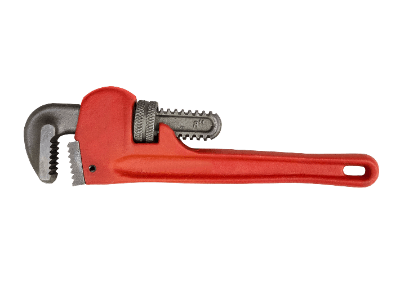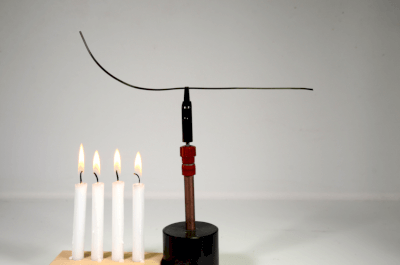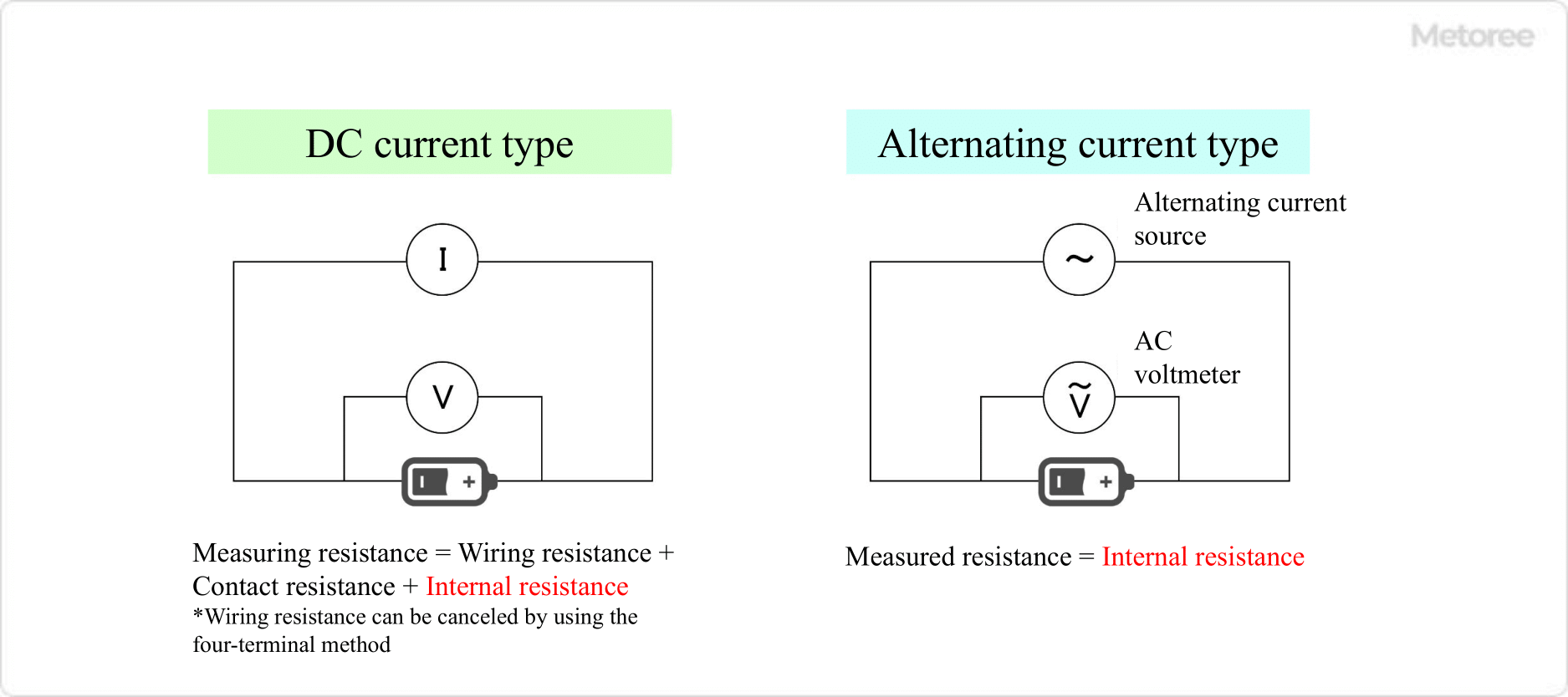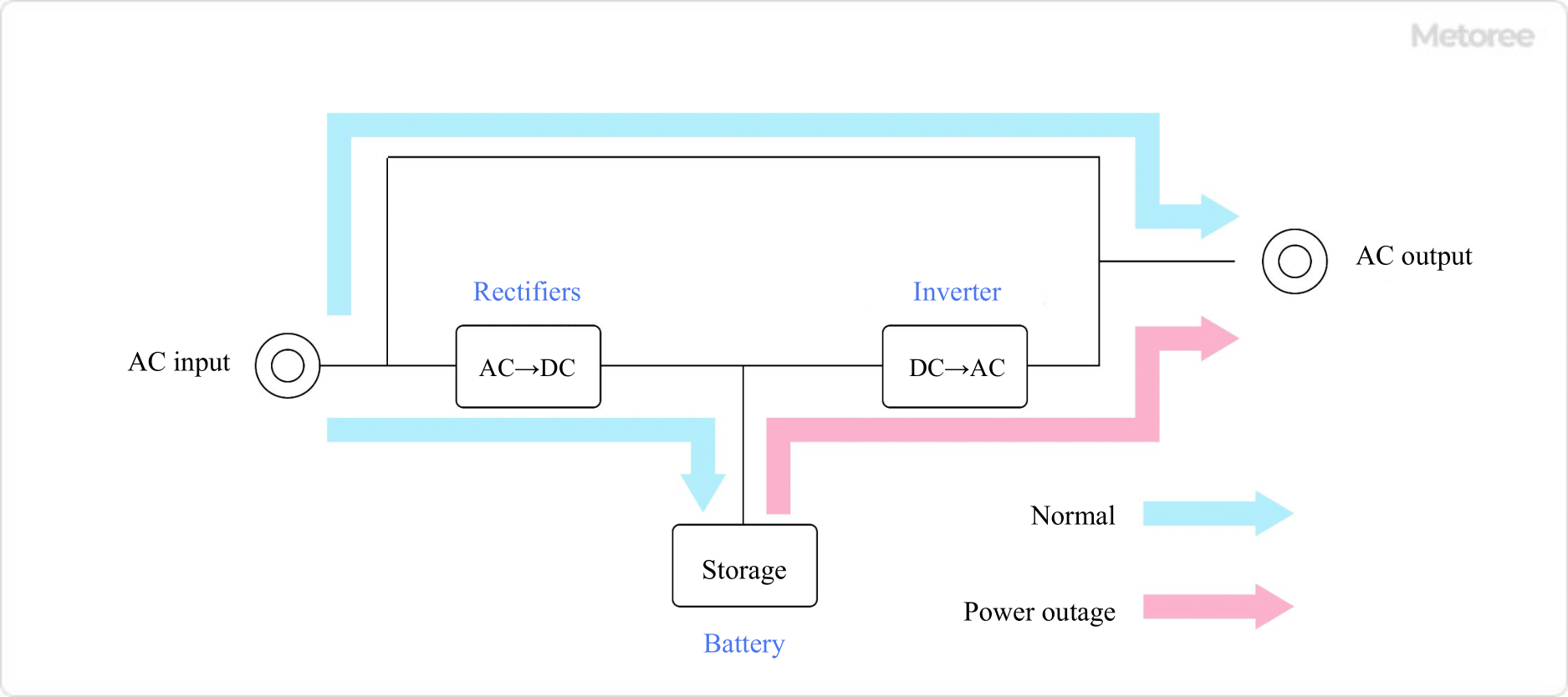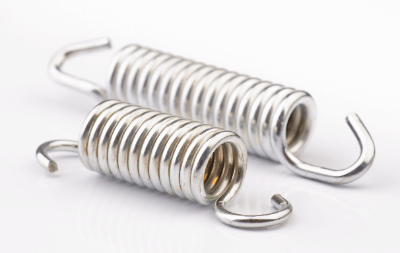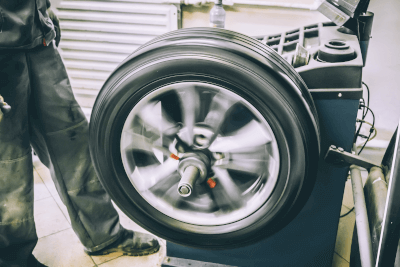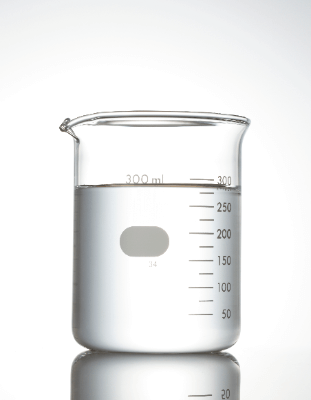What Is a Vernier Caliper?
Vernier calipers are field-use measuring instruments that make it easy to measure the dimensions of objects.
The outer caliper jaws are used to insert the object to be measured into the calipers and read the dimensions of the inserted part. The inner jaw part can be used to measure the inside dimensions of a part or hole, and the depth bar can be used to measure the depth.
Vernier calipers have a main scale and a sub-scale (vernier scale), from which dimensions are read visually. In recent years, digital calipers, which display dimensions digitally, have become the mainstream. This is because the vernier scale can be read differently by different people, and visual readings can take some time.
Uses of Vernier Calipers
Vernier calipers are used to measure the dimensions of parts. In general, calipers with vernier scales can measure in increments of 0.05 mm, while digital calipers and dial calipers can measure in increments of 0.01 mm. Vernier calipers are the first choice for measuring dimensions in the field of parts manufacturing and assembly due to their simplicity.
It can measure the thickness, external and internal dimensions, and depth of a part, but the object to be measured must have a certain degree of hardness. For example, when measuring a roller or sheet of rubber material, if the rubber is soft when it is clamped by Vernier calipers, it will be deformed and the correct dimensions cannot be measured.
Another situation that requires caution is when measuring the wall thickness of a hollow pipe. The inside of the pipe is thicker than the actual wall thickness due to its curved surface, and the tip of the jaw is thinner to account for this.
Principle of Vernier Calipers
Vernier calipers are characterized by their ability to measure the dimensions of any part easily. Vernier calipers are often used because of the ease of reading dimensions on the Vernier scale. The main scale is usually engraved at 1 mm intervals, but vernier scales are available with 20 equal divisions of 19 mm or 20 equal divisions of 39 mm. In this case, the minimum reading on the vernier scale is 1mm divided by 20, which is the scale width of the main scale.
On the other hand, digital Vernier calipers are represented by a capacitance type and display numerical values instantly up to the 100-minute mark. It is important to note that although dimensions are displayed instantly to the hundredths, their measurement accuracy (instrumental error) is usually ±0.02 mm or better.
When measuring parts that have fit tolerances on either Vernier caliper, a micrometer or similar instrument is often used because the accuracy of the measurement cannot be met.
Structure of Vernier Calipers
Vernier calipers consist of a mainframe with a reference plane containing the main scale and a sliding jaw that clamps the object to be measured. Basically, the jaws are perpendicular to the reference plane. However, if the object to be measured is strongly clamped, the jaws may tilt slightly, which can be a cause of error. In general, Vernier calipers are not equipped with a device to apply a constant pressure to the object to be measured, so care must be taken when measuring.
One of the guidelines for designing instruments for dimensional measurement is Abbe’s principle. This states that in order to achieve high accuracy in measurement, the reference and the object to be measured should be placed on the same axis.
Vernier calipers violate this principle because they cannot place the measuring object on the same axis as the reference plane (the plane containing the main scale). However, by understanding the characteristics of Vernier calipers and using them, you can easily and accurately measure dimensions.
Types of Vernier Calipers
Even standard Vernier calipers can measure outer and inner dimensions, as well as steps and depths, but there are also calipers that are tailored to the condition of the object to be measured.
1. Point
The tip of the caliper jaw is thin and pointed, enabling measurements in tight spaces.
2. Offset
The tips of the jaws are at different heights, enabling measurement of dimensions at different levels that are not on the same straight line.
3. Depth Gauge
The main scale part is enlarged to measure the depth of a large diameter hole.
4. Blade
Capable of measuring the diameter of narrow grooves into which ordinary jaws cannot penetrate.
5. Type C
This model has only an inner jaw. The jaw is longer than usual and can measure the outer dimension at the back.
6. Type CN
Model CN has a short outer jaw. Vernier calipers have a fixed size that can be measured, so it is necessary to select a caliper size according to the size of the object to be measured.
